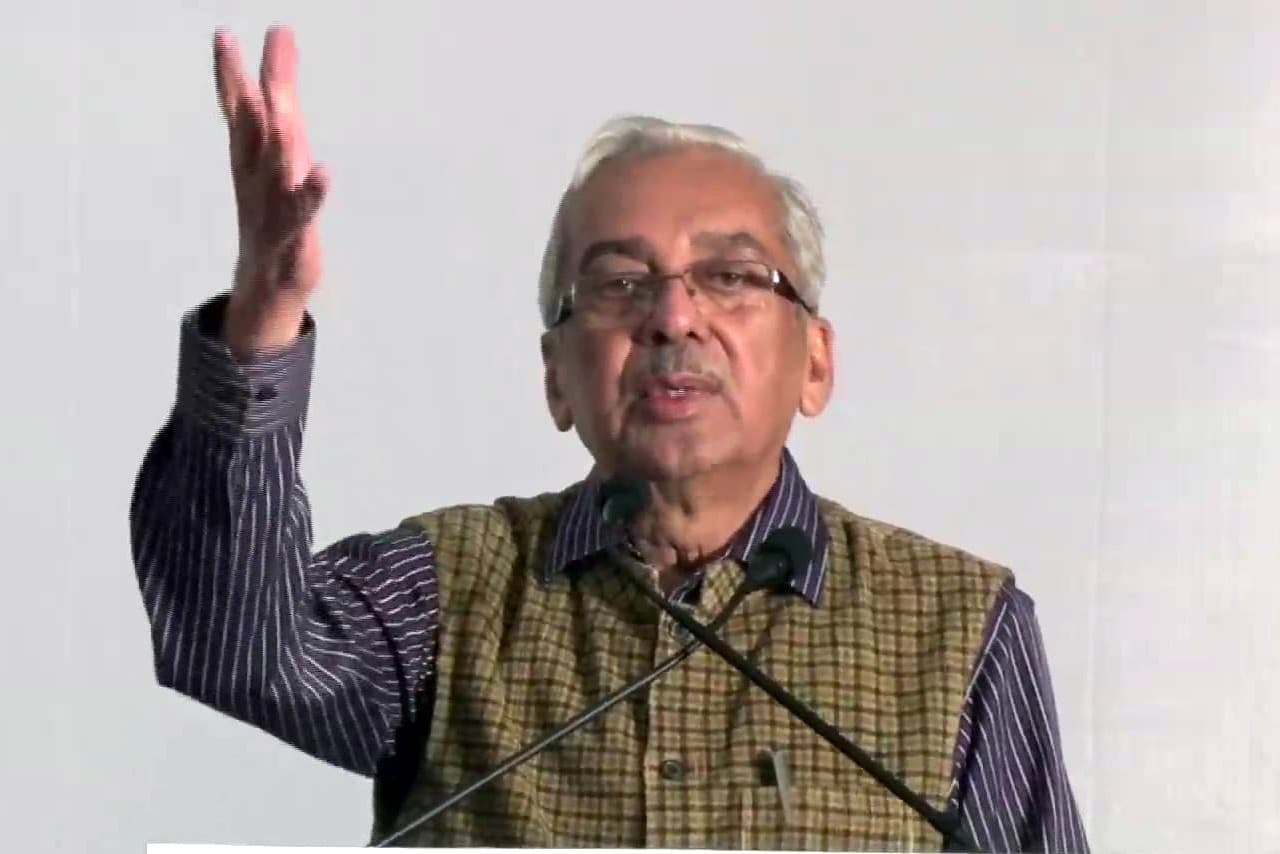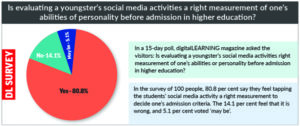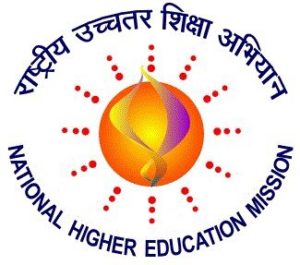Our initiatives are helping improve education experience for school students, connecting deserving students with available scholarships, and reducing gap between professional education and jobs, says Sonia Shrivastava, Head, Vodafone India Foundation, in conversation with Dipen Pradhan of Elets News Network (ENN).
As the Head of Vodafone India Foundation, what vision derives your role? What kind of initiatives have you been effecting in the overall ecosystem of the organization all these years?
My vision is to ensure that the power of mobile technology is effectively used to address some of the most pressing challenges that our country faces today. At Vodafone Foundation, we are committed to enabling people and technology to drive innovation, disseminate knowledge, and create shared value to improve lives.
Currently, our initiatives are clustered around three large thematic areas – equality, access and education – as we believe that these are critical for the development of any society. As Vodafone’s reach continues to expand – moving from mobile to connectivity – there are greater opportunities for Vodafone Foundation to harness these advancements for the benefit of society.
What are the initiatives so far undertaken by Vodafone Foundation in India’s education sector? Is your focusing on some specific areas in near future?
Vodafone India Foundation is committed to education for all in line with UN’s Sustainable Development Goals. Our flagship programme on education – Learning with Vodafone – addresses some of the key challenges that the sector faces in India, be it poor learning outcomes, school drop-outs due to financial constraints and widening gap between academics and job market. Our initiatives are helping improve education experience for school students, connecting deserving students with available scholarships, and reducing gap between professional education and jobs.
Tell us about some of the steps undertaken by Vodafone India Foundation in supporting the Government of India’s key initiatives, including Startup India, Skill India and Digital India.
Several of our activities are aligned with Government of India’s key initiatives. For example, college component of our flagship programme on education – Learning with Vodafone – is working on improving employability of young graduates; our programme on financial literacy aims to make 1.3 crore Indians more aware of about managing their finances efficiently through digital means; more than 350 young people received training in skills such as retail, ITES, mobile-repairing etc as part of our pilot programme on skill development.
How is Vodafone India focussing on providing high-quality education to India’s urban poor through mobile technology?
How are you addressing the challenges you must be confronting? As you are aware, poor training methodology and lack of innovative content often lead to drop-out amongst several school students. The problem is even more compound for subjects such as Mathematics and Science especially standards 6–8 when level of course curriculum significantly increases. At Vodafone Foundation, as part of our focus on education, we addressed these issues by developing innovative content and an interesting delivering mechanism. While most interventions have provided tools and content to students, there has been limited focus on teachers despite them being central to the education ecosystem. Our programme focusses on enhancing the capacity of the teachers and provides digital content which helps students understand concepts better. The program has made a significant contribution in introducing technology in classrooms and empowering teachers with the skills to use technology in combination with participative pedagogies.
What suggestion would you give to aspirants wishing to make a career in your field of study?
Never lose sight of your goal and remember that consistency and perseverance always pays.




































